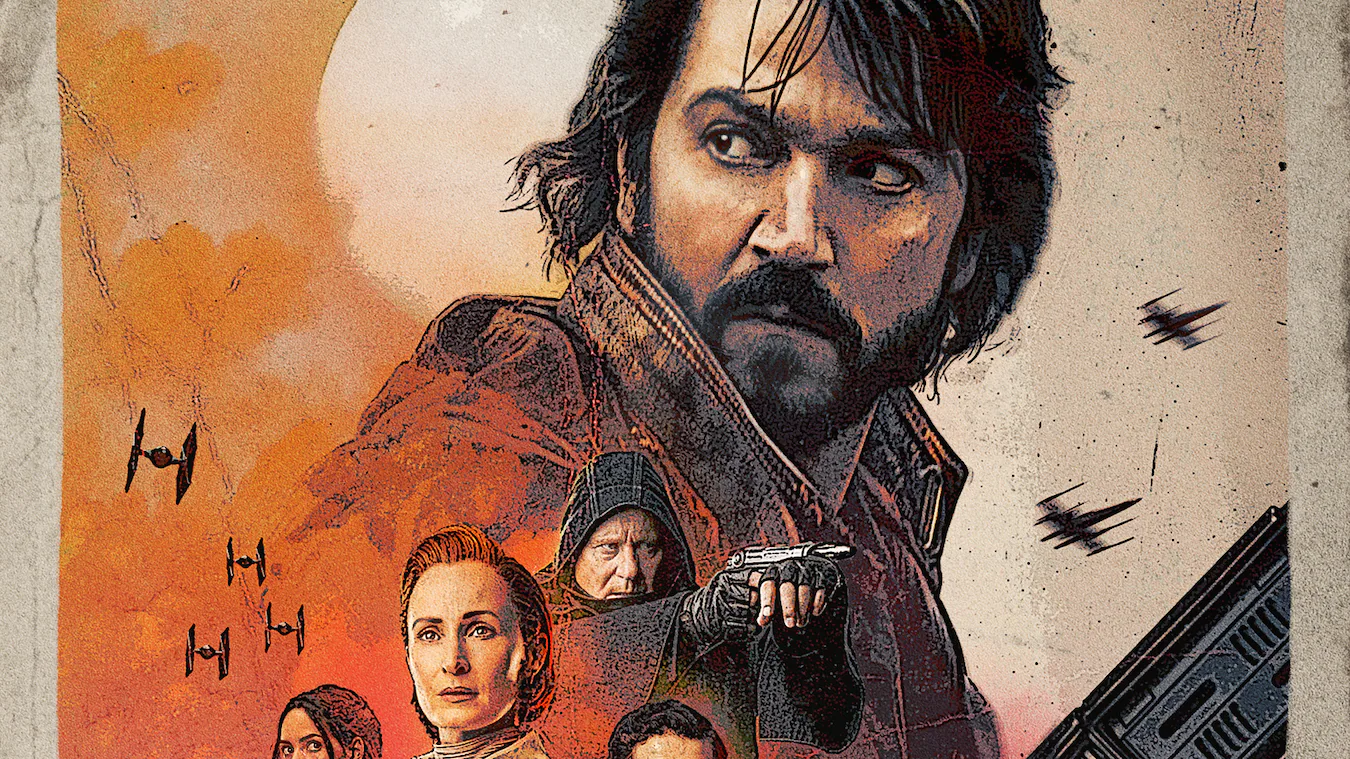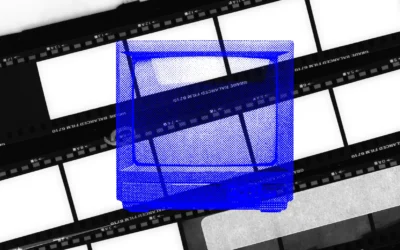Warning: this review contains mild spoilers for Andor based only on trailers and promotional materials.
Like 2018’s prequel film Solo, it’s confusing why Cassian Andor needs a series-length backstory considering the conclusion of 2016’s Rogue One: A Star Wars Story. Now, after 12 forty-minute episodes (and with another 12 episodes already coming next year to conclude the series), this question remains dominant.
Andor sees the return of Diego Luna as Andor along with producer-writer Tony Gilroy, who famously fixed Rogue One from disaster. Accompanied by House of Cards creator Beau Willimon and Gilroy’s brother Dan Gilroy (Nightcrawler, Velvet Buzzsaw) as co-writers, Andor boasts impressive talent.
However, even with the impressive company attached, Andor suffers from glaring issues such as inconsistent plot, illogical character arcs, and dry storytelling that moves at a snail’s pace throughout its incongruent two halves. Though the show is visually stunning and its surrounding characters and world-building make it worth a watch, Andor’s lack of narrative consistency and bland title character leaves much to be desired.
The series, set five years before the events of Rogue One, follows Andor as he embarks on a prequel journey to solidify his place in the galaxy on the brink of civil war. With the Empire at its height of tyranny, it appears that nothing can stop its quest for domination.
Visually, Andor is absolutely gorgeous. Set pieces are crisp, lived in, and the show looks more grounded compared to Obi-Wan Kenobi, the easily more anticipated series that finished airing three months before Andor. According to an article from IGN, this result is due to the creators focusing more on traditional filmmaking rather than using LucasFilm’s CGI StageCraft technology (aptly seen in previous Star Wars television series).
This filmmaking decision ultimately pays off as it brings a darker and more realistic tone to the world of Andor. From the luscious beaches of Niamos to the towering mountains of Aldhani (shot on location in Scotland and England), Star Wars has never looked so visually impressive and diverse, especially when returning to fan-favourite planets like Courscant. The impressive visual style adds to the already strong world-building Star Wars is known for.
Easily the best elements of Andor are its supporting characters and subplot. Genevieve O’Reilly’s return as Chandrilan senator Mon Mothma is a welcomed one, as she provides the best performance in the series. Seeing the progenitor phases of the soon-to-be great rebel leader is captivating as she struggles to maintain balance as a freedom fighter and senator under the Empire’s reign. Along with O’Reilly, Stellan Skarsgård is equally strong as Luthen Rael, a high-class art dealer that fronts more extreme insurrection movements in comparison to Mothma’s drawn-out political methods.
It is refreshing to see a Star Wars live-action show go into deep lore politics previously only seen in books like Timothy Zahn’s Thrawn series. Andor makes it clear that there is not yet a unified rebellion but rather a series of uncoordinated insurrection movements in need of unity, something the KGB-like Imperial Security Bureau (ISB) intends to extinguish. As such, ISB supervisor Dedra Meero (Denise Gough) provides a formidable and cunning villain. She embodies a united, dominating, and capable Empire that has not been shown often in mainstream Star Wars iterations.
As rewarding as Andor’s side stories are, the main issue lies with the main plot and Andor himself. The show consistently feels like it is battling itself with two distinct halves at odds with one another. The first half involves a heist that harkens back to Rogue One, but it is more tedious and drawn out, while the second half provides a more entertaining prison-escape romp. However, the connecting narrative tissue that brings both halves together is more random than logical. As a result, Andor feels like two different genre shows that never properly cohere together, which is considerably noticeable with Andor’s slow-burn delivery.
Though strong character development at certain plot points could be used to flesh out Andor as a character, the show overlooks these moments, making Andor just as uninteresting and basic as he was in Rogue One. Andor’s motivation and overall character arc feel incomplete and frankly annoying as he constantly makes illogical decisions that are used just to advance the plot. Though there are consequences to Andor’s actions, it never feels like it truly fazes him since the audience isn’t given enough time alone with Andor to understand his characterization. As a result, Andor feels more like a hollow transport for the audience than an actual character that feels tangible and deep.
After 12 episodes, Andor’s value as a series still remains questionable. However, it has enough moments for Star Wars fans to enjoy despite its glaring flaws. Though Andor’s strong supporting cast and subplot are a worthwhile addition to the greater Star Wars story, the show’s lacklustre main plot, bland main character, and inconsistent storytelling keep Andor from being something great.
All episodes of Andor season one are available on Disney+.
★★★





0 Comments